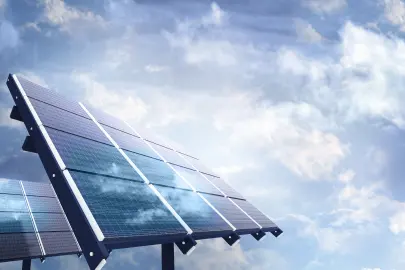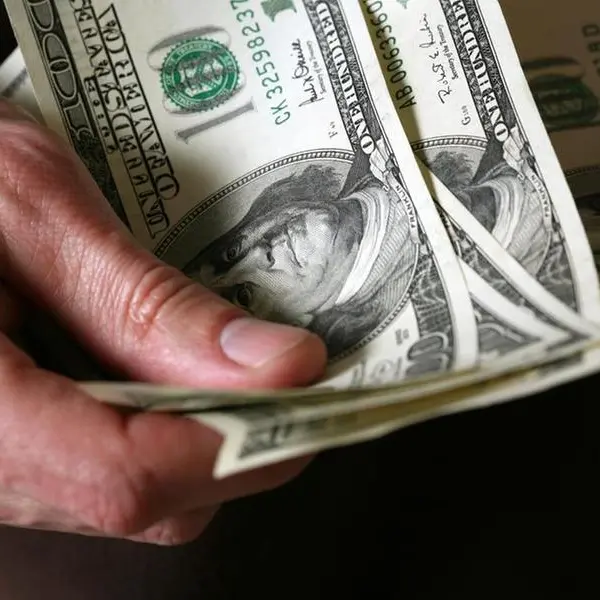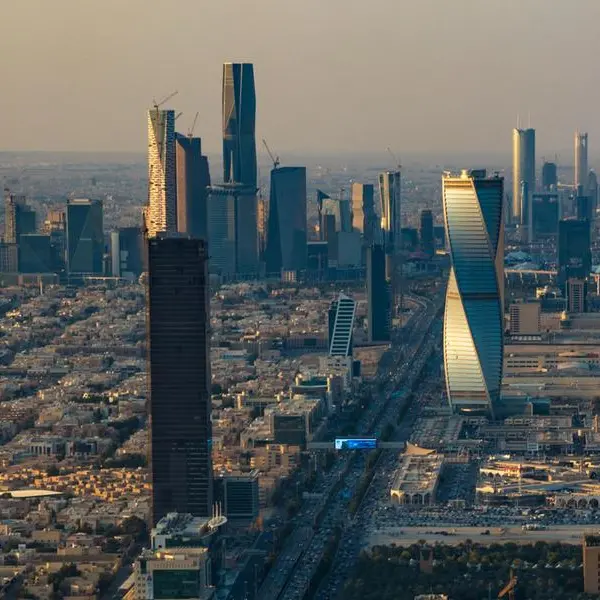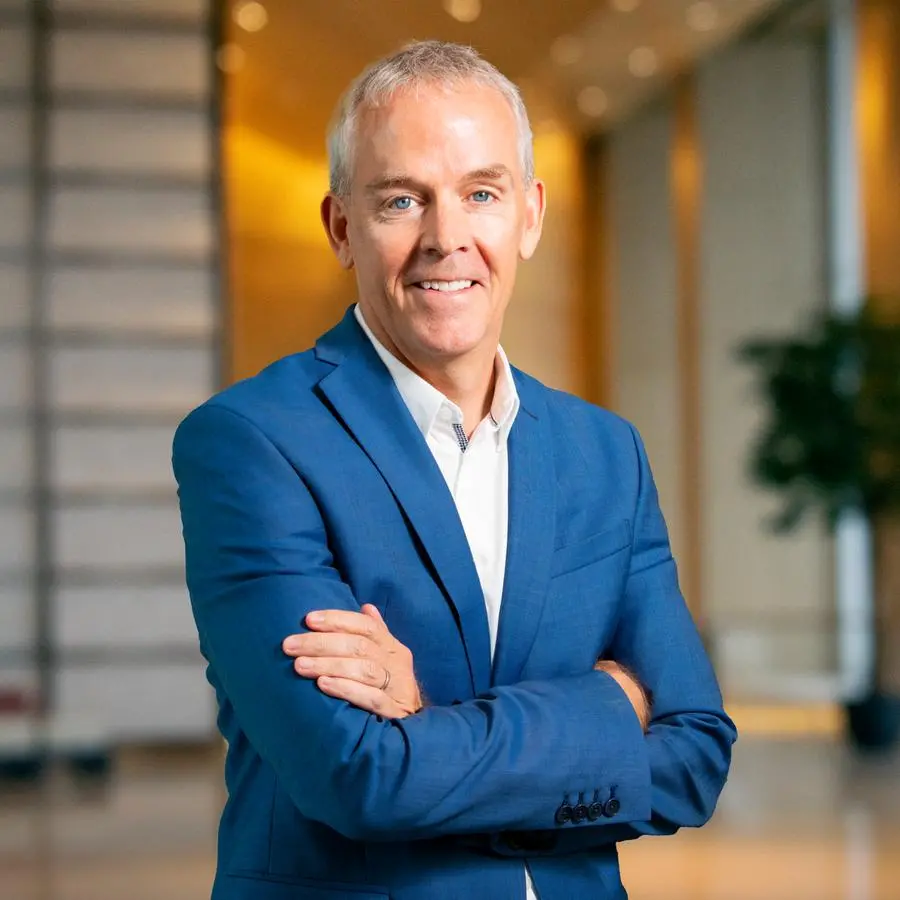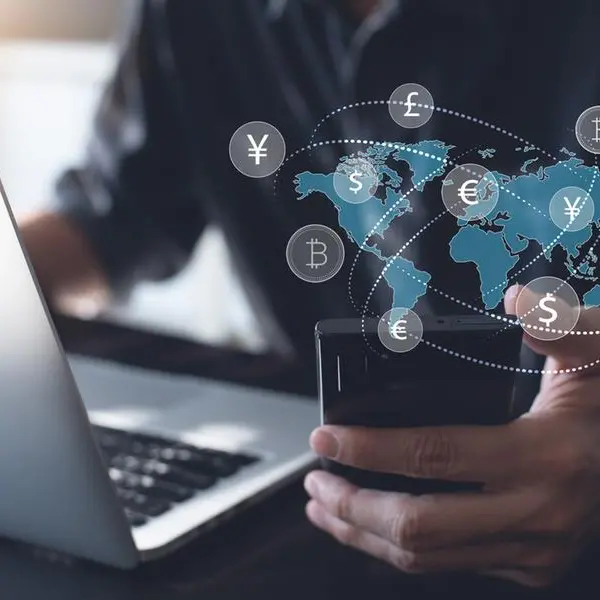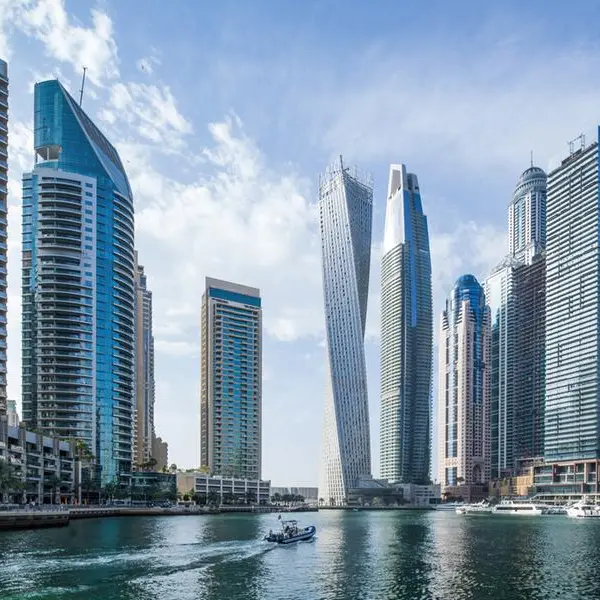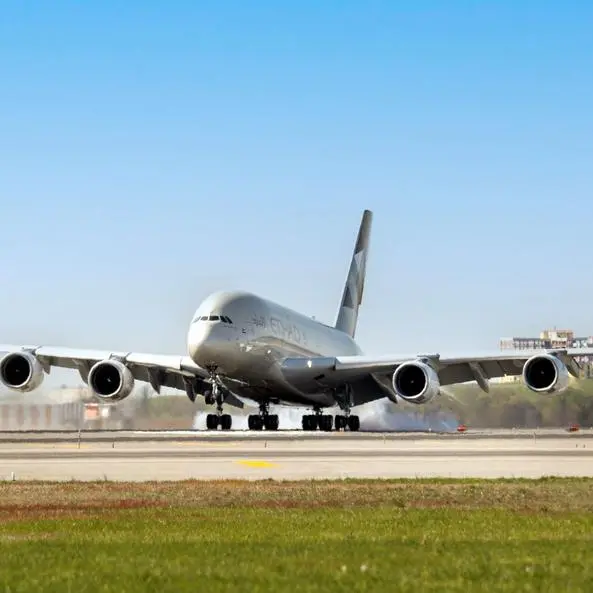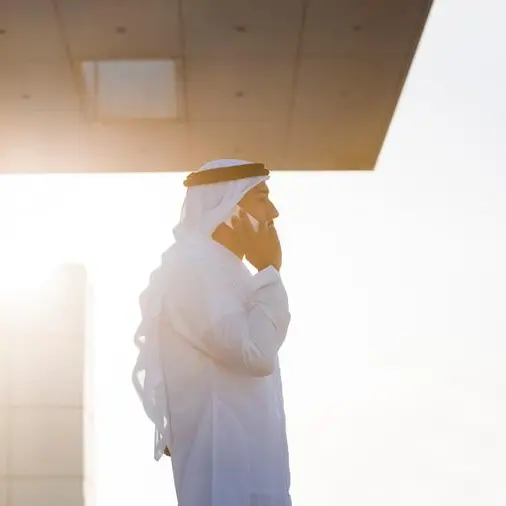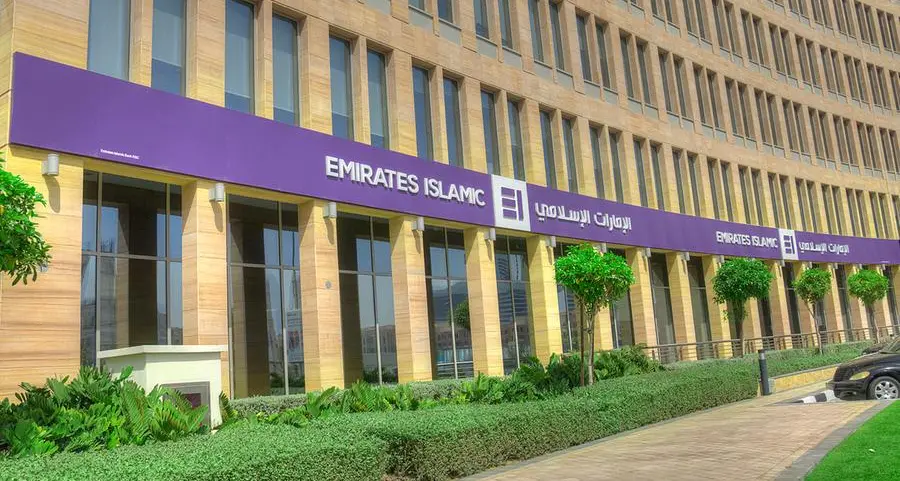PHOTO
International investors are set to provide the biggest financing of renewable energy projects underway in Saudi Arabia considering the limited experience of local banks in such a new sector in kingdom, a Saudi official has said.
But as the kingdom’s renewables industry starts to mature, and with government guarantees providing assurance for such investments, liquidity for these projects should start to develop both globally and locally, Mohamed S. Al-Abdalla, Energy and Water Sector manager, at Saudi Arabia’s General Investment Authority Saudi Arabia (SAGIA) told Zawya. These guarantees will come in the form of offtake agreements that will be signed with developers for 20 years for wind and 25 years for solar projects.
Al-Abdalla said that the proposed new 300 MW Sakaka Solar photovoltaic (PV) set to be built in the Al Jouf region, the first project due to be built under the kingdom’s National Renewable Energy Plan (NREP), is a good example of the split between international and local financing.
“In this project, five out of the seven qualified bids from IPPs were 100 percent internationally financed. In the two remaining bids with local financing, one Saudi bank was providing finance of 33 percent while the other covered 50 percent,” Al-Abdalla said on the sidelines of World Future Energy Summit held in Abu Dhabi last week.
A pair of bids by consortia led by Saudi energy firm ACWA Power and Japan’s Marubeni Corporation were shortlisted for the Sakaka project earlier this month.
The breakdown of the Saudi renewable energy targets for 2018 has been unveiled with almost a six-fold jump in tenders to 4.125 Gigawatts (GW) in 2018, up from 700 Megawatts (MW) in 2017.
The head of the Energy Ministry’s Renewable Energy Project Development Office (REPDO) Turki al-Shehri revealed at the summit that the kingdom’s ambitious long term objective is to reach export potential in 2019 and beyond.
By 2023, the kingdom plans to supply 10 percent of its power needs, an equivalent of 9,500MW, from renewable energy sources.
SAGIA’s Al-Abdalla notes that the opening of Saudi Arabia’s economy will offer the opportunity to capture new markets – not only within the GCC, but also further afield.
“We sit at the intersection of three continents with interesting raw materials and capabilities. So in essence, we now have nine core sectors with defined strategies that push us out into over 32 core markets for these sectors,” he added. “We are open to FDI projects from anywhere in the world,” he said.
The nine core sectors identified by the kingdom are: energy & water; mining; ICT; industrial and manufacturing; healthcare and pharmaceuticals; transport and logistics; petrochemicals; tourism and entertainment; and emerging sectors, Al- Abdullah said.
Foreign direct investment into Saudi Arabia reached $7.45 billion last year, according to the UN’s 2017 World Investment Report.
The Saudi government aims to almost double its FDI ratio to GDP by 2020, as part of Vision 2030, the economic overhaul roadmap.
(Reporting by Nada Al Rifai; Editing by Michael Fahy)
(nada.rifai@thomsonreuters.com)
Our Standards: The Thomson Reuters Trust Principles
Disclaimer: This article is provided for informational purposes only. The content does not provide tax, legal or investment advice or opinion regarding the suitability, value or profitability of any particular security, portfolio or investment strategy. Read our full disclaimer policy here. © ZAWYA 2018
But as the kingdom’s renewables industry starts to mature, and with government guarantees providing assurance for such investments, liquidity for these projects should start to develop both globally and locally, Mohamed S. Al-Abdalla, Energy and Water Sector manager, at Saudi Arabia’s General Investment Authority Saudi Arabia (SAGIA) told Zawya. These guarantees will come in the form of offtake agreements that will be signed with developers for 20 years for wind and 25 years for solar projects.
Al-Abdalla said that the proposed new 300 MW Sakaka Solar photovoltaic (PV) set to be built in the Al Jouf region, the first project due to be built under the kingdom’s National Renewable Energy Plan (NREP), is a good example of the split between international and local financing.
“In this project, five out of the seven qualified bids from IPPs were 100 percent internationally financed. In the two remaining bids with local financing, one Saudi bank was providing finance of 33 percent while the other covered 50 percent,” Al-Abdalla said on the sidelines of World Future Energy Summit held in Abu Dhabi last week.
A pair of bids by consortia led by Saudi energy firm ACWA Power and Japan’s Marubeni Corporation were shortlisted for the Sakaka project earlier this month.
The breakdown of the Saudi renewable energy targets for 2018 has been unveiled with almost a six-fold jump in tenders to 4.125 Gigawatts (GW) in 2018, up from 700 Megawatts (MW) in 2017.
The head of the Energy Ministry’s Renewable Energy Project Development Office (REPDO) Turki al-Shehri revealed at the summit that the kingdom’s ambitious long term objective is to reach export potential in 2019 and beyond.
By 2023, the kingdom plans to supply 10 percent of its power needs, an equivalent of 9,500MW, from renewable energy sources.
SAGIA’s Al-Abdalla notes that the opening of Saudi Arabia’s economy will offer the opportunity to capture new markets – not only within the GCC, but also further afield.
“We sit at the intersection of three continents with interesting raw materials and capabilities. So in essence, we now have nine core sectors with defined strategies that push us out into over 32 core markets for these sectors,” he added. “We are open to FDI projects from anywhere in the world,” he said.
The nine core sectors identified by the kingdom are: energy & water; mining; ICT; industrial and manufacturing; healthcare and pharmaceuticals; transport and logistics; petrochemicals; tourism and entertainment; and emerging sectors, Al- Abdullah said.
Foreign direct investment into Saudi Arabia reached $7.45 billion last year, according to the UN’s 2017 World Investment Report.
The Saudi government aims to almost double its FDI ratio to GDP by 2020, as part of Vision 2030, the economic overhaul roadmap.
(Reporting by Nada Al Rifai; Editing by Michael Fahy)
(nada.rifai@thomsonreuters.com)
Our Standards: The Thomson Reuters Trust Principles
Disclaimer: This article is provided for informational purposes only. The content does not provide tax, legal or investment advice or opinion regarding the suitability, value or profitability of any particular security, portfolio or investment strategy. Read our full disclaimer policy here. © ZAWYA 2018
